Length of Stay for Addiction Rehab: Programs, Determining Factors, Relapse Prevention
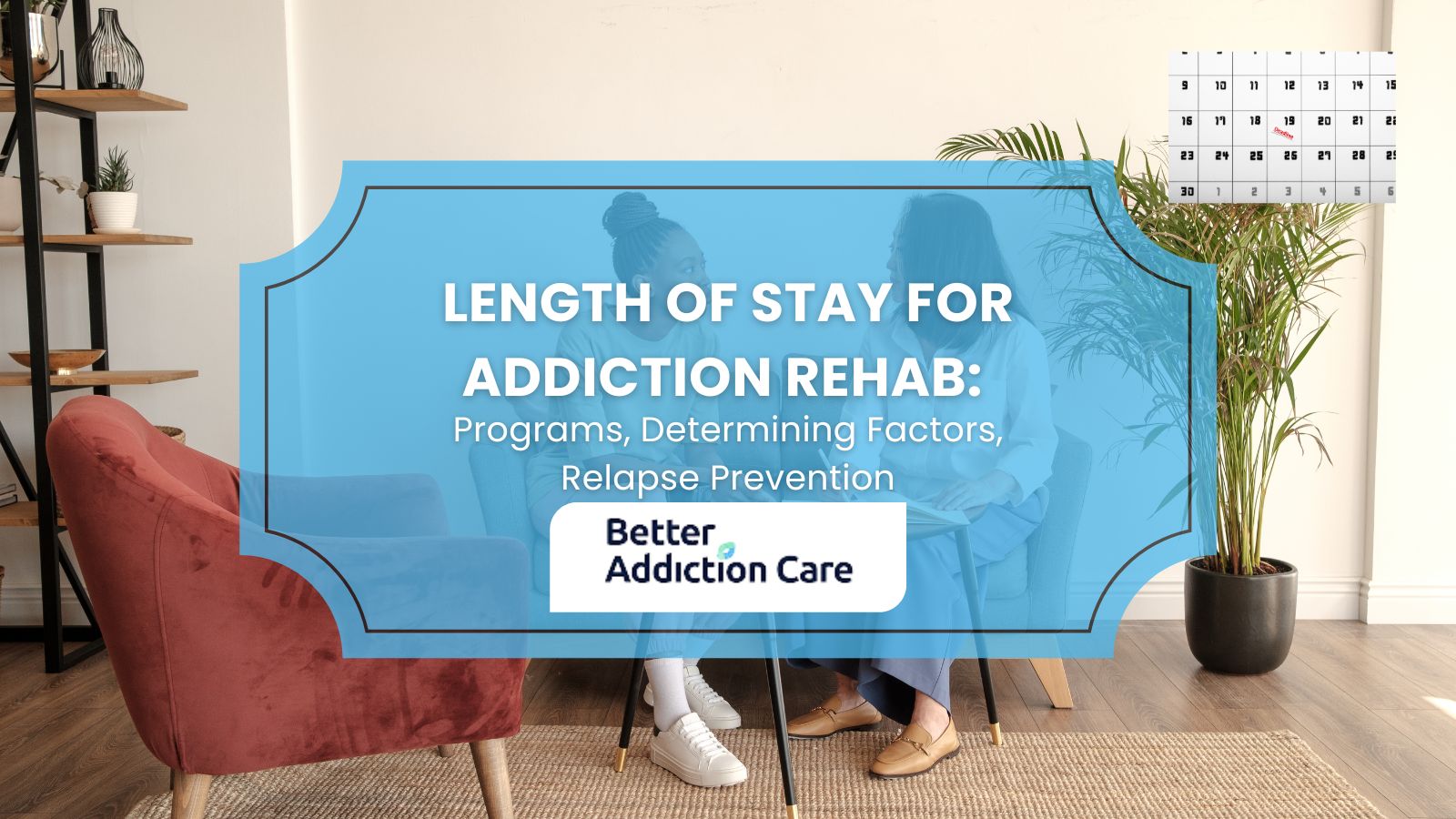
The length of stay for addiction rehab ranges from short 7-day programs to extended options lasting 18 months or longer, with recovery journeys personalized to meet individual needs. Various rehabilitation programs, including brief interventions, medium-term treatments, and long-term care, address different aspects of addiction and support sustainable recovery.
According to Dennis, M. L.’s 2005 study, ‘The duration and correlates of addiction and treatment careers, ’ the median time from first treatment to lasting recovery is 9 years, with most individuals requiring three to four treatment episodes before achieving stable abstinence. This data confirms why rehabilitation programs must offer varying lengths and intensities to accommodate individual recovery journeys.
Programs available for addiction rehab include 12-step support groups, outpatient services, intensive outpatient programs (IOP), partial hospitalization programs (PHP), residential treatment centers, intermediate sanction facilities, therapeutic communities, and recovery housing options.
Factors that determine the length of stay in addiction rehab include severity of addiction, presence of co-occurring disorders, treatment history, and type of substance used. The intensity of dependence and complexity of mental health conditions often require longer rehabilitation periods to ensure comprehensive recovery.
Effective strategies for relapse prevention include identifying personal triggers, developing tailored coping mechanisms, practicing stress management techniques, and engaging in regular physical exercise. Cognitive Behavioral Therapy (CBT), medication support for specific addictions, and maintaining strong support networks through groups like AA or NA provide critical structure during recovery.
What Is The Length Of Stay For Addiction Rehab?
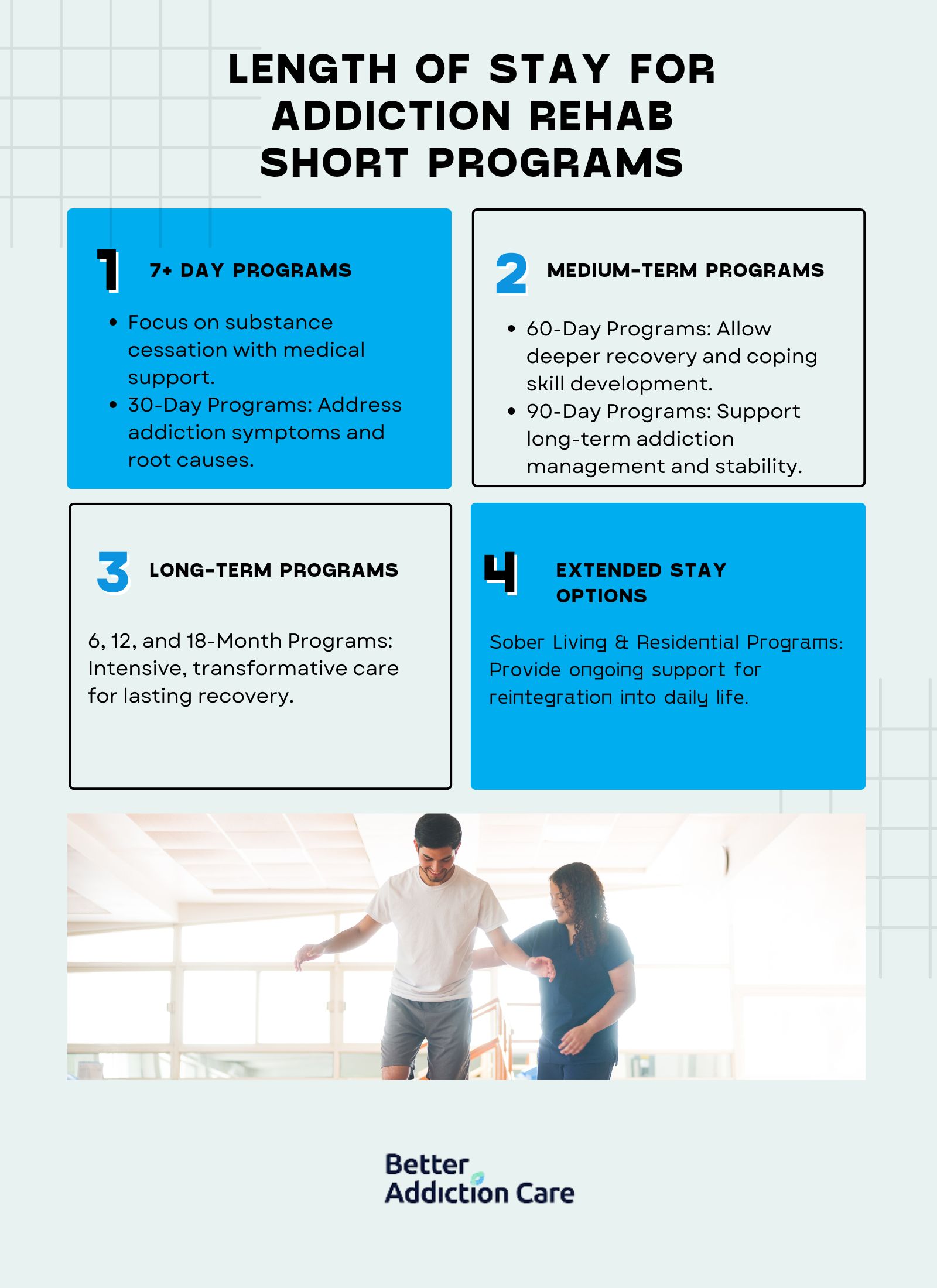
The length of stay for addiction rehab varies from short 7-day programs to extended options lasting 18 months or longer. Recovery journeys are personalized, with various rehabilitation programs designed to meet different needs and timeframes.
Short Programs:
-
7+ Day Programs: These brief interventions focus on teaching substance cessation techniques with medical supervision and support.
-
30-Day Programs: Offering more comprehensive treatment, these programs address both addiction symptoms and underlying causes.
Medium-Term Programs:
-
60-Day Programs: Providing extended recovery time, these programs allow patients to address root issues and develop essential coping skills.
-
90-Day Programs: These comprehensive approaches facilitate significant progress in managing addiction and establishing sustainable long-term recovery practices.
Long-Term Programs:
-
6, 12, and 18-Month Programs: These intensive extended treatments provide continuous, focused care designed to create lasting transformation and permanent recovery.
Extended Stay Options:
-
Sober Living Facilities and Residential Programs: These supportive environments offer extended care where individuals practice recovery skills and gradually transition back to everyday life.
What Programs Are Available For Addiction Rehab?
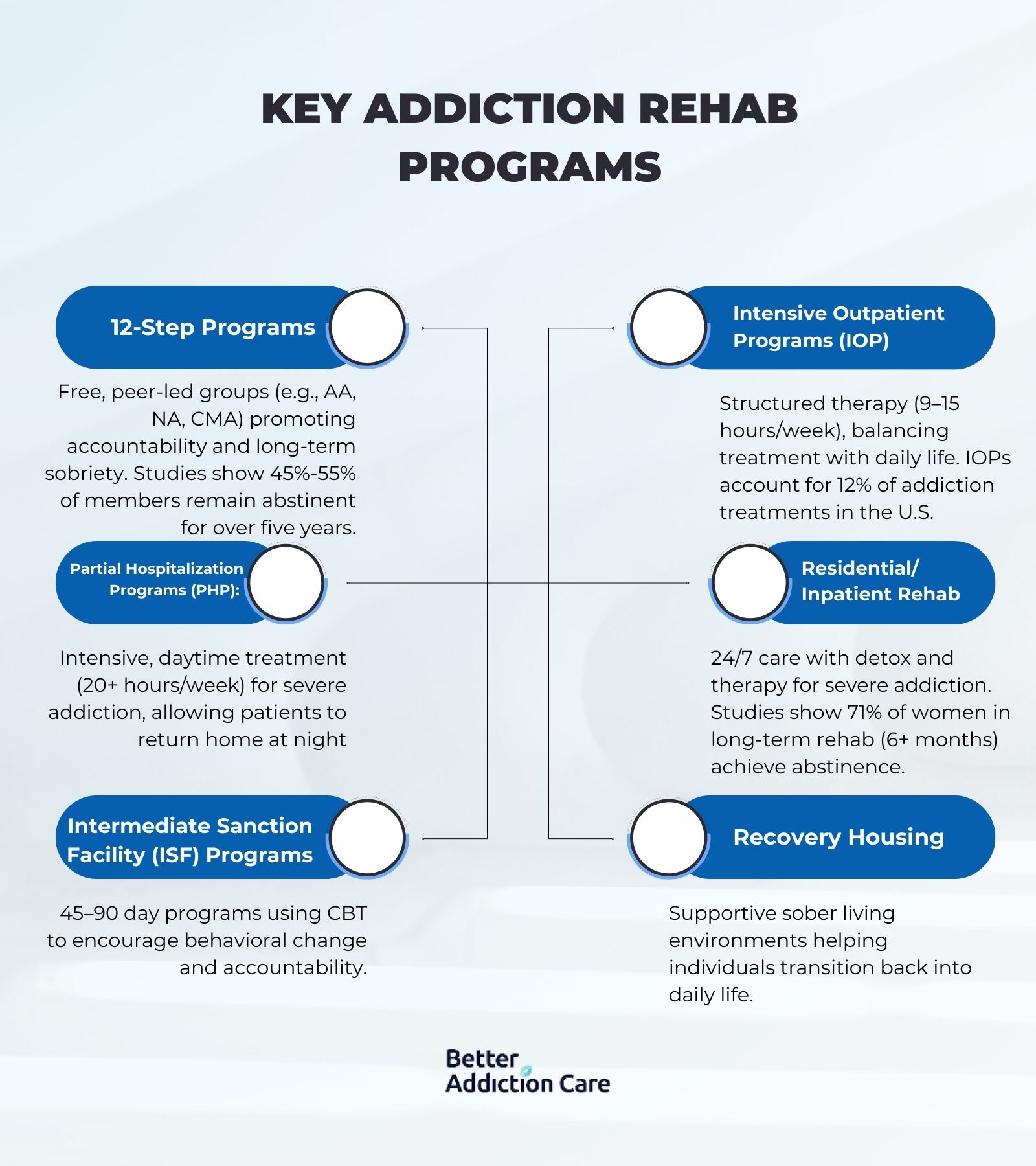
Programs available for addiction rehab include 12-step support groups, outpatient services, intensive outpatient programs (IOP), partial hospitalization programs (PHP), residential treatment centers, intermediate sanction facilities, therapeutic communities, and recovery housing options. Each program offers different levels of care and support based on individual needs and addiction severity.
Here are the key programs available for addiction rehab in detail below:
12-Step Programs
12-step programs are free, peer-led support groups that focus on shared experiences and structured recovery steps, emphasizing accountability and spiritual growth. Examples of 12-step programs include Alcoholics Anonymous (AA), Narcotics Anonymous (NA), and Crystal Meth Anonymous (CMA) etc. These programs provide a supportive environment for individuals seeking to overcome addiction and maintain long-term sobriety.
According to Donovan, D. M.’s 2013 study, ‘12-step interventions and mutual support programs for substance use disorders: an overview.’, Alcoholics Anonymous (AA) reported 45% of its members maintained abstinence for over 5 years, while Narcotics Anonymous (NA) reported 55% of members with over 5 years abstinent. AA counted nearly 64,000 groups with 1.4 million members in the US and Canada as of 2012, with 2.1 million members worldwide. NA established more than 58,000 weekly meetings across 131 countries by 2010. AA members attended an average of 2.4 meetings weekly, while NA members participated in 4 meetings per week. These programs represent a significant recovery resource for individuals with substance use disorders.
Intensive Outpatient Programs (IOP)
Intensive Outpatient Programs (IOPs) are structured, time-intensive therapy sessions designed for individuals needing more support than standard outpatient care. These Intensive Outpatient Programs (IOPs) typically involve 9–15 hours of therapy per week, allowing participants to balance treatment with daily responsibilities such as work or school. IOPs provide a flexible approach to recovery while ensuring comprehensive support.
According to McCarty, D.’s 2014 study, ‘Substance abuse intensive outpatient programs: assessing the evidence, ’ Intensive Outpatient Programs (IOPs), 6,089 programs offered IOP services in the United States as of 2011, representing 44% of the 13,720 addiction treatment facilities nationwide. These programs served 141,964 patients, accounting for 12% of the total 1.2 million patients receiving addiction treatment. IOPs rank as the second most prevalent treatment modality in the United States, surpassed only by regular outpatient treatment services for alcohol and drug use disorders.
Partial Hospitalization Programs (PHP)
Partial Hospitalization Programs (PHPs) offer daytime medical and therapeutic care designed for individuals with severe addiction. These partial hospitalization programs typically provide intensive treatment 5–7 days per week, involving at least 20 hours of therapy weekly, while allowing participants to return home at night. PHPs serve as a crucial step in the recovery process, bridging the gap between inpatient and outpatient care.
Residential/Inpatient Rehab
Residential or inpatient rehab consists of live-in facilities that provide 24-hour care, detox support, and therapy for individuals facing severe addiction or co-occurring mental health issues. These inpatient drug rehab programs include short-term stays focused on stabilization or long-term therapeutic communities lasting 6–12 months. Inpatient rehab offers a structured environment essential for comprehensive recovery and support.
According to Greenfield, L.’s 2004 study, ‘Effectiveness of long-term residential substance abuse treatment for women: findings from three national studies, ’ residential treatment programs demonstrated 68% to 71% abstinence rates among women who remained in treatment for six months or longer. Treatment completion emerged as a critical factor, with 76%-78% abstinence rates for clients who completed their treatment goals within three to five months, compared to only 51%-52% abstinence rates for non-completers. The data revealed that 71% of successful clients required six months or more to complete their treatment. These findings from three national studies confirm the direct relationship between length of stay in residential substance abuse treatment and positive outcomes for women.
Intermediate Sanction Facility (ISF) Programs
Intermediate Sanction Facility (ISF) programs are short-term residential programs lasting 45–90 days that emphasize Cognitive Behavioral Therapy (CBT) to promote behavioral change and accountability.
According to Hinde, J. M.’s 2022 study, ‘The implementation & sustainment facilitation (ISF) strategy: Cost and cost-effectiveness results from a 39-site cluster randomized trial integrating substance use services in community-based HIV service organizations.’, the Implementation & Sustainment Facilitation (ISF) strategy increased the number of MIBIs (motivational interviewing-based brief interventions) delivered by 3.73 and improved MIBI quality scores by 61.45 points, with client days abstinent increasing by 59 days per staff. These benefits came at an incremental cost of $2,457, with ISF costing $5,371 per staff member compared to $2,915 for the ATTC strategy alone. This yielded incremental cost-effectiveness ratios of $659 per additional MIBI delivered, $40 per quality score point, and a quality-adjusted life-year ICER of $40,578 (95% confidence interval $29,795-$61,031).
Recovery Housing
Recovery housing provides a supportive living environment for individuals in recovery, promoting sobriety and accountability while allowing residents to reintegrate into daily life.
What Factors Determine Length Of Stay?

Factors that determine the length of stay include severity of addiction, presence of co-occurring disorders, treatment history, and substance type. The intensity of dependence and complexity of mental health conditions often necessitate longer rehabilitation periods to ensure comprehensive recovery.
Here are the key factors that determine the length of stay in rehabilitation:
-
Severity of Addiction: The intensity and duration of substance abuse significantly influence the length of stay. Individuals with severe or long-term addiction often require extended treatment durations to address withdrawal symptoms, brain changes, and behavioral patterns effectively.
-
Co-occurring Disorders: The presence of dual diagnoses, such as mental health conditions alongside substance use disorder, necessitates longer stays to manage both issues comprehensively.
-
Previous Treatment History: Individuals who have undergone treatment before or experienced multiple relapses benefit from longer programs to reinforce recovery strategies and prevent future relapses.
-
Type of Substance Used: Different substances impact recovery timelines. For example, substances with prolonged withdrawal symptoms require extended detox and rehabilitation periods.
-
Treatment Goals and Progress: The individual's progress during rehab influences the duration. Some need more time to achieve milestones like learning coping mechanisms, relapse prevention strategies, or emotional regulation.
-
Financial Constraints and Insurance Coverage: Financial constraints and insurance plans determine the length of addiction treatment, with individuals selecting between cost-effective short-term programs and more extensive long-term options based on their budget and treatment requirements.
-
Family and Social Support: The availability of external support systems impacts recovery speed. Strong support networks enable shorter stays, while individuals lacking such networks benefit from extended care.
-
Program Structure: Facilities offering specialized programs, such as long-term rehab or intensive outpatient care, determine the duration based on their design and therapeutic approaches.
-
Personal Responsibilities: Obligations like childcare or employment limit the time an individual dedicates to inpatient rehab, leading to adjustments in program length.
What Strategies Are Effective For Relapse Prevention?
Effective strategies for relapse prevention include identifying personal triggers and developing tailored coping mechanisms, practicing stress management techniques like mindfulness meditation, and engaging in regular physical exercise to improve mood. CBT therapy, medication support for specific addictions, and maintaining strong support networks through groups like AA or NA provide critical structure during recovery.
Here are the key effective strategies for relapse prevention:
-
Identifying and Managing High-Risk Situations: Relapse often occurs in high-risk situations where the temptation to use substances is strong. Effective strategies include identifying triggers—both internal (emotions, thoughts) and external (places, people)—and developing coping mechanisms such as relaxation techniques, positive self-talk, and assertive communication. Keeping a record of thoughts and behaviors prior to a relapse helps individuals recognize warning signs like ongoing stress or seemingly irrelevant decisions.
-
Stress Management Techniques: Stress is a major relapse trigger. Techniques like mindfulness meditation, yoga, and grounding exercises (e.g., the 5-4-3-2-1 technique) help individuals stay present and reduce anxiety. Regular physical activity, structured sleep patterns, and a balanced diet also contribute to managing stress effectively.
-
Cognitive Behavioral Therapy (CBT): Cognitive Behavioral Therapy (CBT) is highly effective in identifying and managing high-risk situations, challenging negative thought patterns, and developing coping skills to prevent relapse. It helps individuals recognize and modify unhelpful thinking styles that contribute to substance use. According to Chen, H.’s 2022 study, ‘Effectiveness of CBT and its modifications for prevention of relapse/recurrence in depression: A systematic review and meta-analysis of randomized controlled trials.’, CBT and its modifications reduced depression relapse rates to 31.6% compared to 41.3% in control groups. This represents a 27% reduction in relapse risk across 28 studies with 3,938 participants. The protective effects were even stronger in the first year (39% reduction in relapse risk) and continued beyond one year (26% reduction in relapse risk). Notably, CBT worked just as effectively as antidepressant medication in preventing depression from returning.
-
Physical Exercise: Engaging in physical activities like hiking significantly reduces stress, improves mood, and serves as a healthy distraction from cravings. Regular exercise enhances overall well-being and supports recovery.
-
Medications: Pharmacological interventions, such as bupropion for nicotine addiction, are proven to reduce relapse rates by addressing physiological dependencies. These medications are crucial in managing withdrawal symptoms and cravings.
-
Self-Care and Support Networks: Prioritizing self-care through adequate sleep, balanced nutrition, and maintaining strong social connections is vital. Honesty with oneself and others, along with adherence to recovery rules, strengthens resilience against relapse. Participation in self-help groups like Alcoholics Anonymous (AA) or Narcotics Anonymous (NA), family counseling, and peer support helps individuals maintain sobriety.
According to Basiru, T. O.’s 2024 study, ‘Self-help group (SHG) attendance and treatment outcomes among older adults in the US’, self-help group (SHG) attendance impacts addiction treatment outcomes significantly among older adults. SHG attendance at discharge from treatment facilities reduced the frequency of primary substance use by 11% (adjusted odds ratio of 0.89) and increased treatment completion rates by 36% (adjusted odds ratio of 1.36). Conversely, SHG attendance on admission decreased treatment completion odds by 17% -
Relapse Prevention Plans: Developing structured plans that outline triggers, coping mechanisms, and emergency contacts helps maintain accountability and readiness for challenging situations. These plans are essential for proactive relapse prevention.
-
Monitoring and Skill Development: Regular check-ins with therapists or support groups facilitate tracking progress and refining coping techniques. Continuous skill development enhances the ability to manage triggers effectively.
-
Addressing Co-Occurring Disorders: Integrated treatment for co-occurring mental health issues, such as anxiety and depression, alongside addiction, is crucial. Addressing these disorders reduces relapse risks by ensuring comprehensive care.
-
Lifestyle Modifications: Creating a new lifestyle that minimizes exposure to relapse triggers is essential. This includes avoiding people, places, or situations tied to substance use, engaging in creative hobbies, practicing self-care routines, and maintaining healthy habits like exercise and nutrition.
-
Relapse Management Strategies: If a lapse occurs, strategies like combating the abstinence violation effect (AVE) prevent it from escalating into full relapse. This involves reframing the lapse as a learning opportunity rather than a failure and seeking immediate support to regain control.
-
Mind-Body Relaxation Techniques: Relaxation methods such as acupuncture, massage therapy, yoga, and mindfulness meditation improve mental health by reducing cravings and stress. These holistic approaches enhance overall well-being.
According to Enkema, M. C.’s 2017 study, ‘Mindfulness practice moderates the relationship between craving and substance use in a clinical sample.’, Participants who received mindfulness training were 21% more likely to maintain abstinence (36% versus 15%) during a four-month follow-up period compared to those receiving treatment as usual. The study also found that formal mindfulness practice directly weakened the relationship between craving and substance use. Participants in the Mindfulness-Based Relapse Prevention (MBRP) program had fewer drug use days and reported reduced legal and medical problems. The research demonstrated that increasing the frequency (days per week) and duration (minutes per day) of formal mindfulness practice reduced relapse risk, with findings based on data from 57 adults who completed substance use disorder treatment. -
Education on Relapse Process: Understanding that relapse is gradual with emotional, mental, and physical stages helps individuals recognize early warning signs. This awareness enables proactive intervention during the initial stages of relapse when recovery chances are highest.
What Should Be Expected to Happen During Rehab?
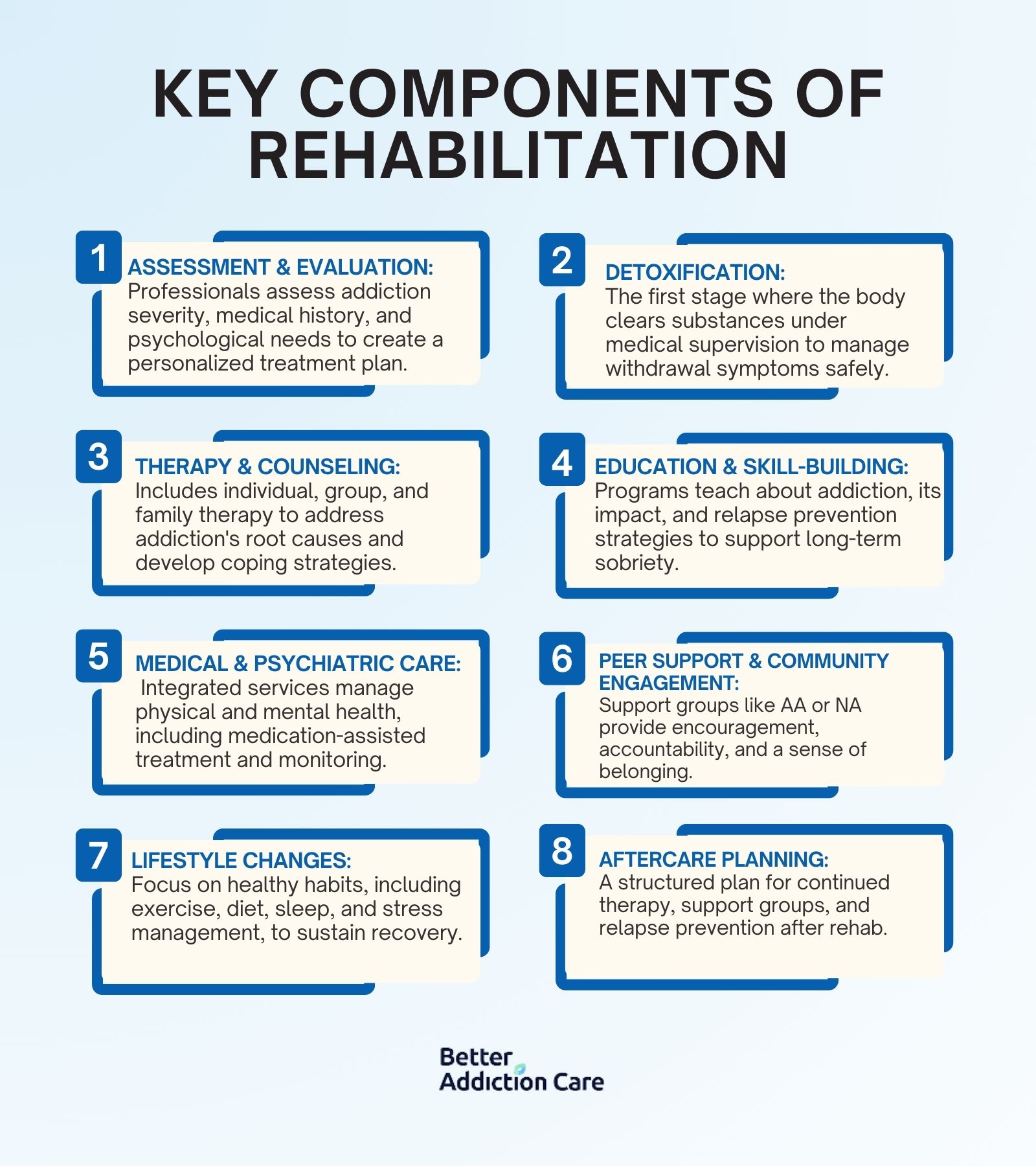
During rehab, you should expect comprehensive assessment, supervised detoxification, therapeutic counseling, educational workshops, medical care, peer support activities, healthy lifestyle restructuring, and aftercare planning. These essential components work together to create a foundation for lasting recovery, addressing both the physical and psychological aspects of addiction.
Here are the key components to be expected to happen during rehabilitation:
-
Assessment and Evaluation: When you enter rehab, professionals will conduct thorough assessments to understand your addiction severity, medical history, psychological needs, and personal circumstances. This evaluation forms the foundation for your personalized treatment plan.
-
Detoxification: Detox typically marks the first stage of rehabilitation. During this phase, your body clears itself of substances while medical staff manage withdrawal symptoms safely. Medical supervision ensures your comfort and safety throughout this critical process.
-
Therapy and Counseling: Expect to participate in various therapeutic approaches, including individual counseling, group therapy, and family therapy. These sessions help you address underlying causes of addiction, develop healthy coping mechanisms, and promote emotional healing and personal growth.
-
Education and Skill-Building: Rehabilitation programs incorporate educational components that teach you about the nature of addiction, its impact on your life, and essential relapse prevention strategies. You'll develop practical skills to maintain sobriety in challenging situations.
-
Medical and Psychiatric Care: Many rehab facilities provide integrated medical and psychiatric services to address both physical and mental health needs. This includes medication-assisted treatment, management of co-occurring disorders, and ongoing health monitoring.
-
Peer Support and Community Engagement: Peer support within rehab creates a valuable community of individuals sharing similar experiences. Programs often incorporate support groups like Alcoholics Anonymous (AA) or Narcotics Anonymous (NA) to provide accountability, encouragement, and community connection.
-
Lifestyle Changes: During rehab, you'll work on developing healthy lifestyle habits that support recovery, including regular exercise, a proper diet, sufficient sleep, and effective stress management techniques. You'll also address social relationships, activities, and daily routines to create an environment conducive to lasting sobriety.
-
Aftercare Planning: As you approach the end of your rehabilitation program, staff will help you develop a comprehensive aftercare plan to sustain your recovery. This typically includes outpatient therapy, group support, maintenance care, and strategies for maintaining sobriety in your everyday life.
Are Longer Rehab Programs Better?
Yes, longer rehab programs are better for achieving lasting recovery. Extended treatment periods effectively tackle the root causes of addiction by giving patients time to work on underlying problems and develop essential coping skills. This thorough approach leads to more sustainable recovery outcomes.
Here are the reasons why longer rehab programs are better:
-
Comprehensive Treatment: Extended program periods tackle root causes of addiction. Patients work on underlying problems and develop essential coping skills during this time. This thorough approach effectively treats addiction causes, leading to lasting recovery outcomes.
-
Sustained Support: Longer programs include continuous mentoring and encouragement. Staff and peers guide patients through the challenges of rebuilding their lives. This community environment reinforces positive behaviors and reduces relapse risks.
-
Behavioral Change: Extended time frames allow practical testing of new coping strategies. Patients practice and master healthy behaviors and stress management techniques daily. These significant behavioral shifts exceed the results of shorter treatments, increasing long-term recovery success rates.
-
Reintegration Preparation: Comprehensive programs include specific transition planning components. Patients receive vocational training, educational support, and guidance with housing and employment. This preparation equips individuals with practical tools for successful community reintegration.
What Advantages Do Shorter Rehab Programs Offer?
Shorter rehab programs offer several key advantages for certain individuals seeking addiction treatment:
-
Accessibility: Brief programs accommodate people with time or resource limitations. These condensed treatments serve as effective entry points for those with milder addictions or as complete interventions for individuals on social support programs.
-
Focused Intensity: Concentrated treatment appeals to patients who prefer targeted approaches. These programs deliver high-impact interventions in compressed timeframes, creating meaningful change for motivated individuals.
-
Flexibility: Shorter treatment schedules align with existing life commitments. Patients maintain connections to work, family, and other responsibilities while receiving treatment.
How to Find a Rehab Center Near You?
To find a rehab center near you, start by consulting your healthcare provider, who offers personalized recommendations based on your specific needs. Your insurance company provides information about in-network facilities to help manage costs, while online resources like the SAMHSA treatment locator show local options. Consider reaching out to local mental health organizations or support groups like AA or NA for firsthand suggestions. When researching, look for facilities that offer the level of care you need (inpatient vs. outpatient) and programs that address your specific substance concerns or co-occurring disorders. For immediate assistance, you call our 24/7 confidential helpline at (800) 429-7690. Visit our Treatment Centers Finder to explore rehab centers in your area today.
Resources
Treatment Centers in Virginia
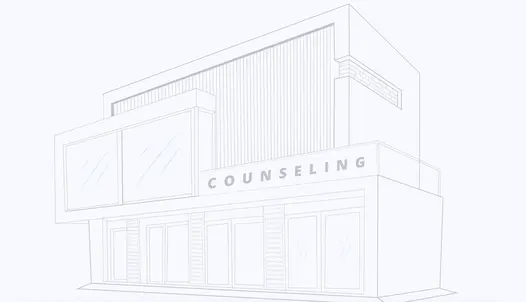 123
123
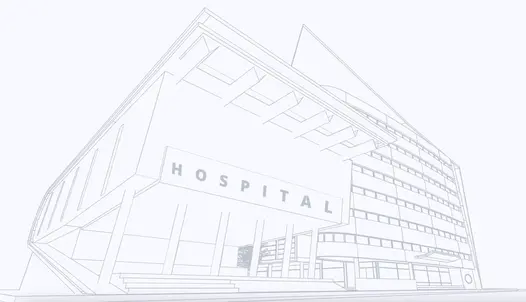 123
123
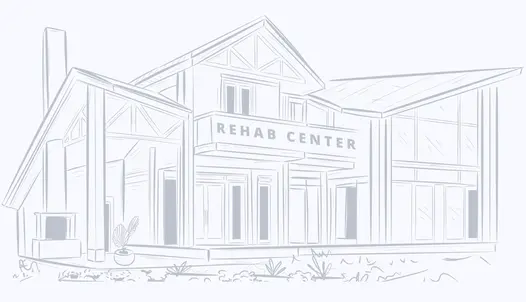 123
123


